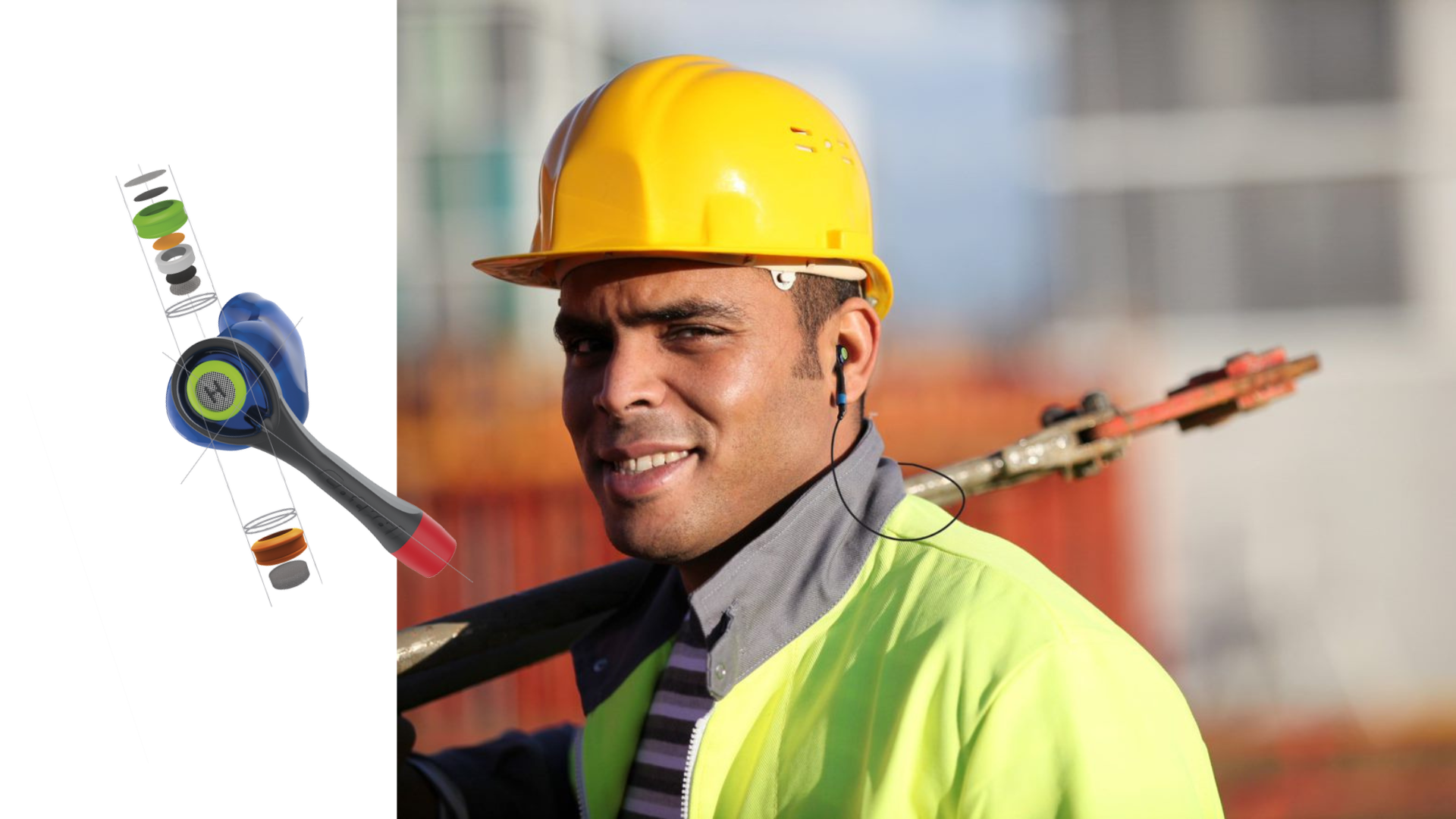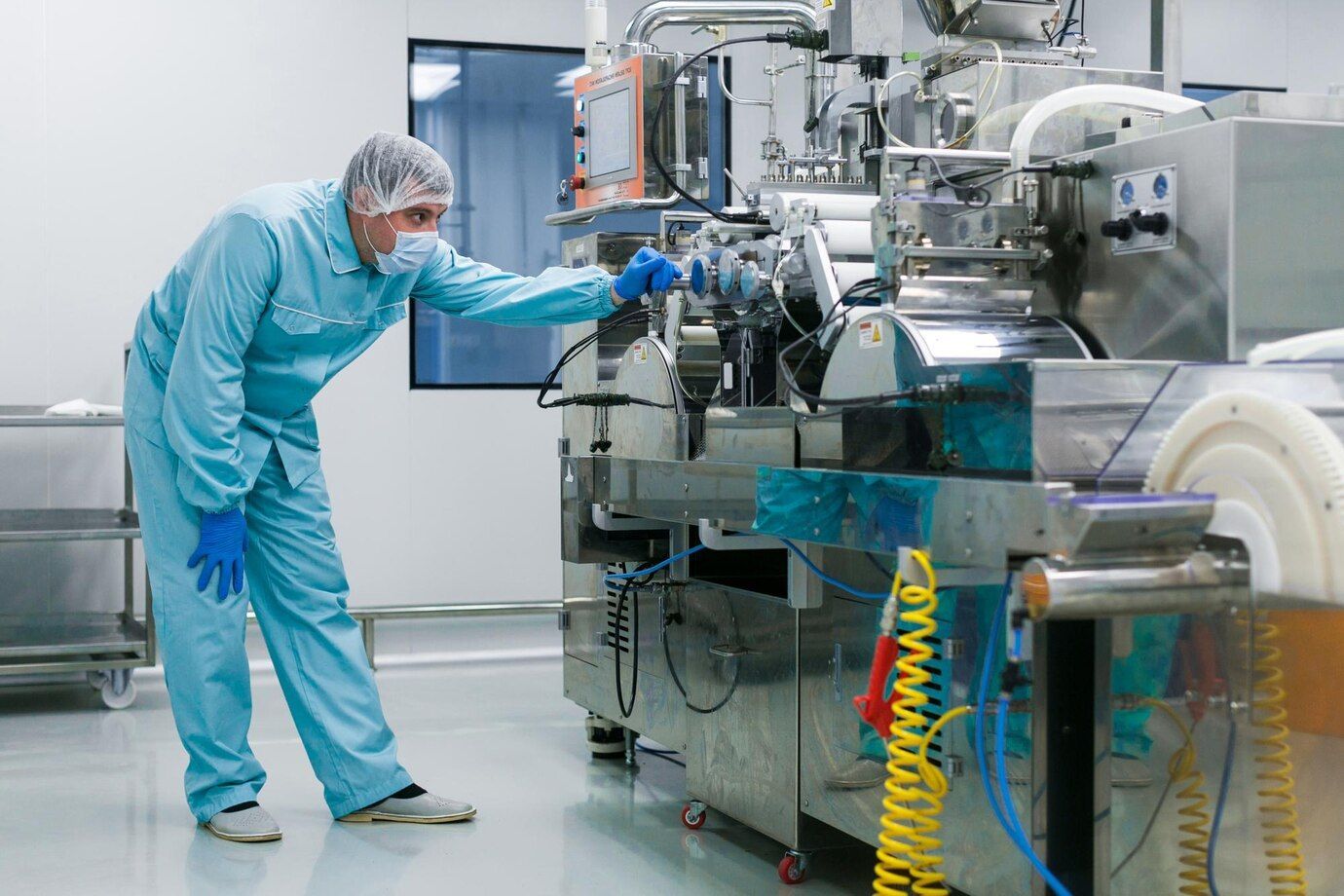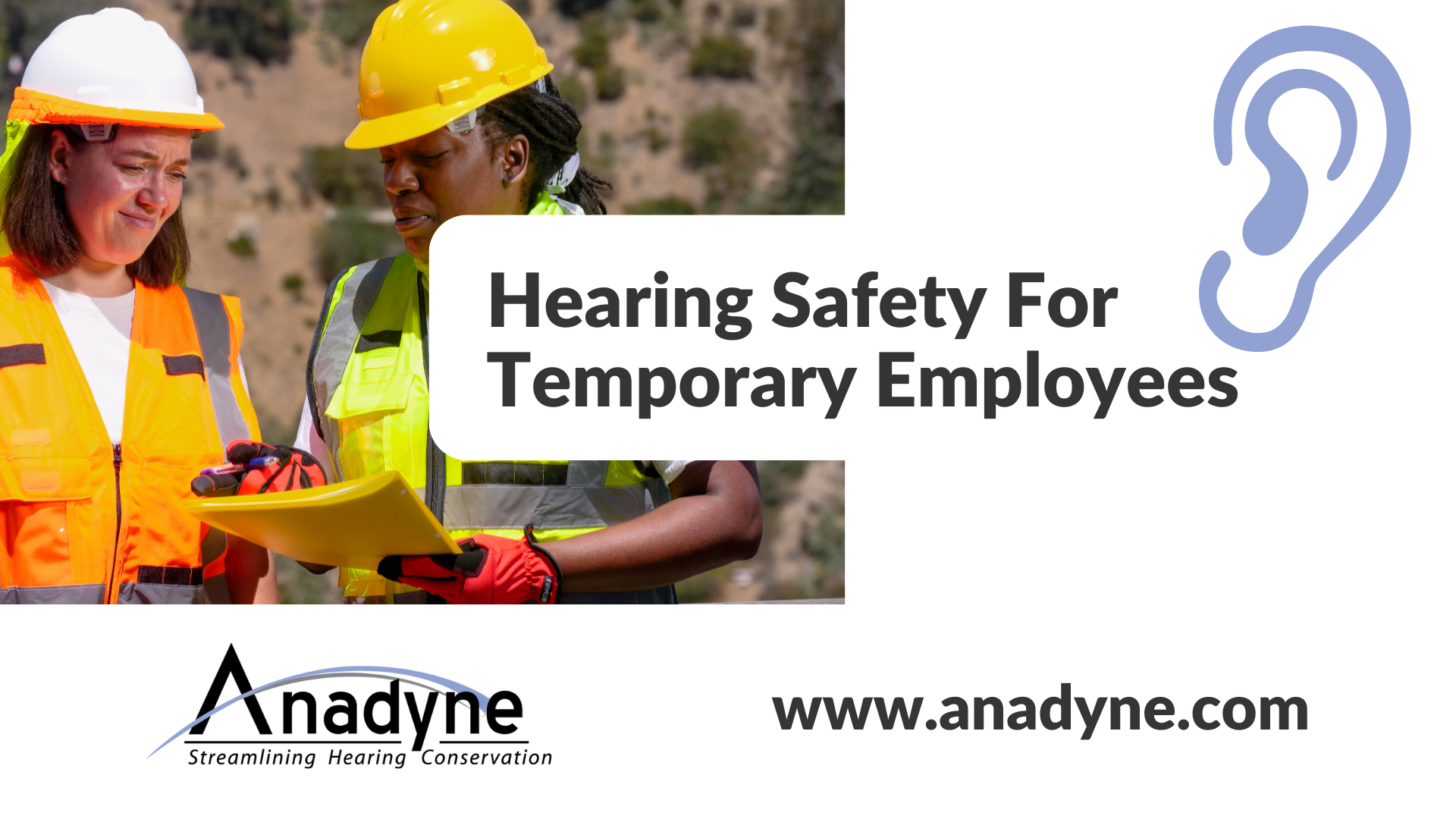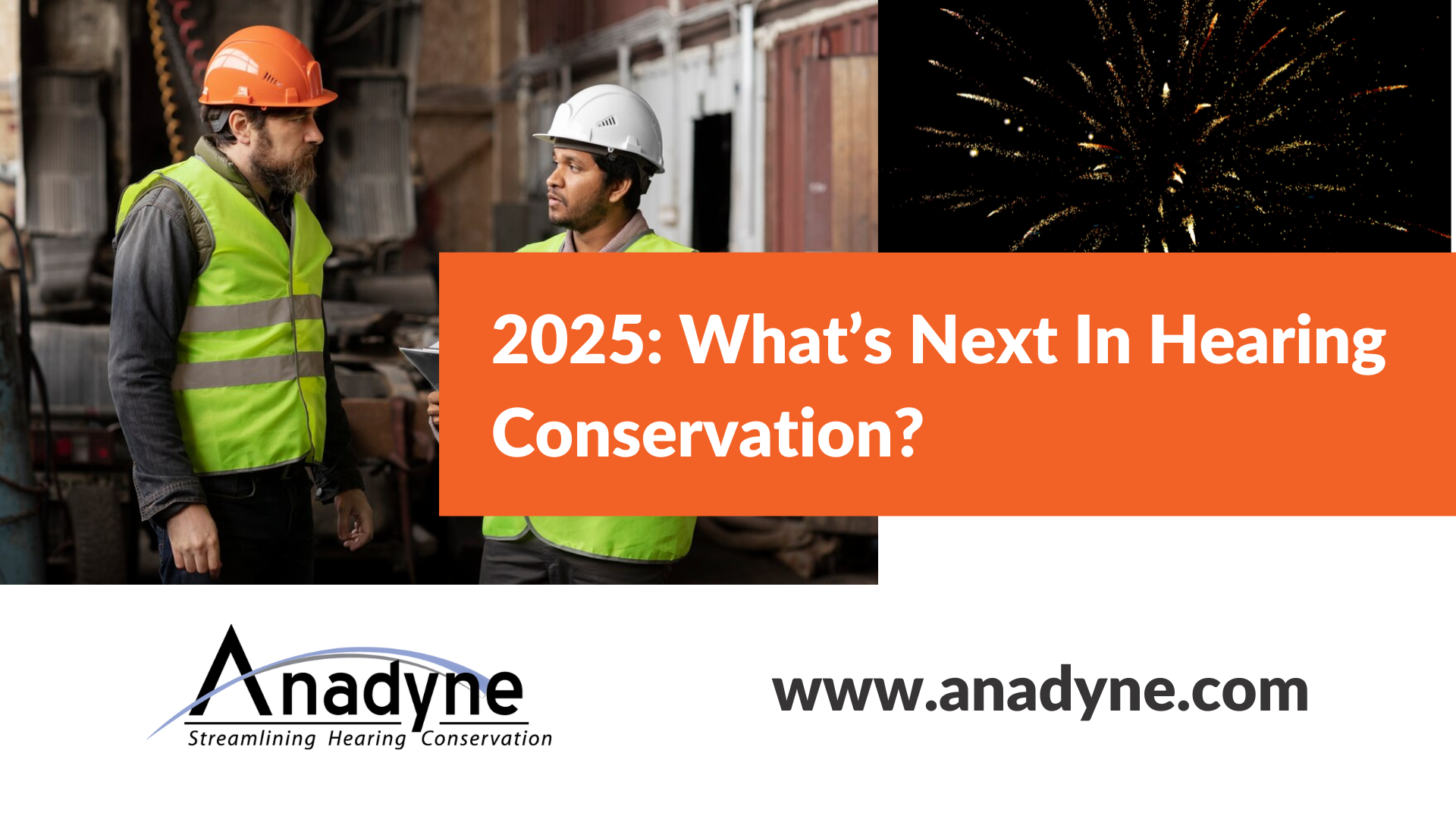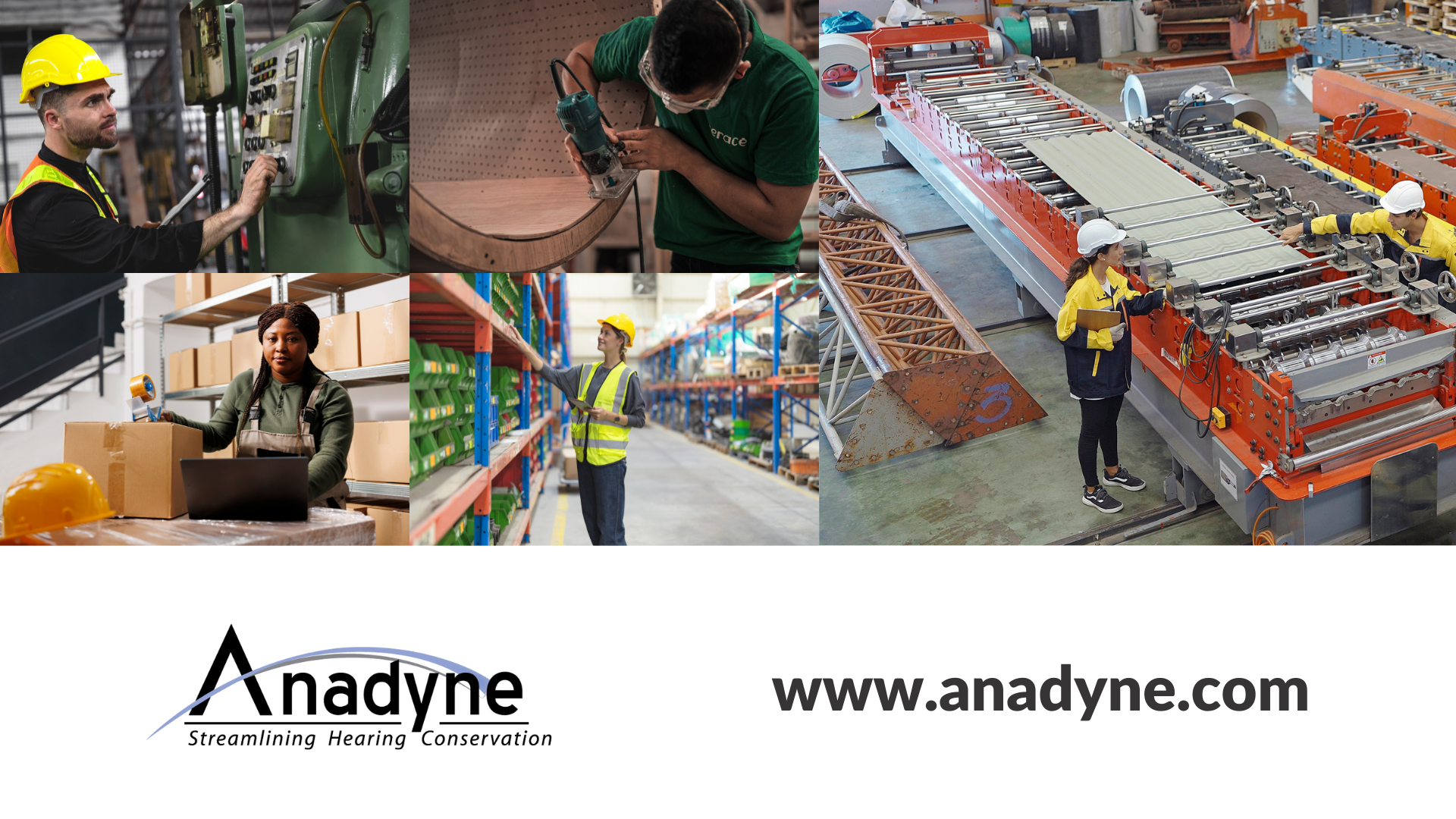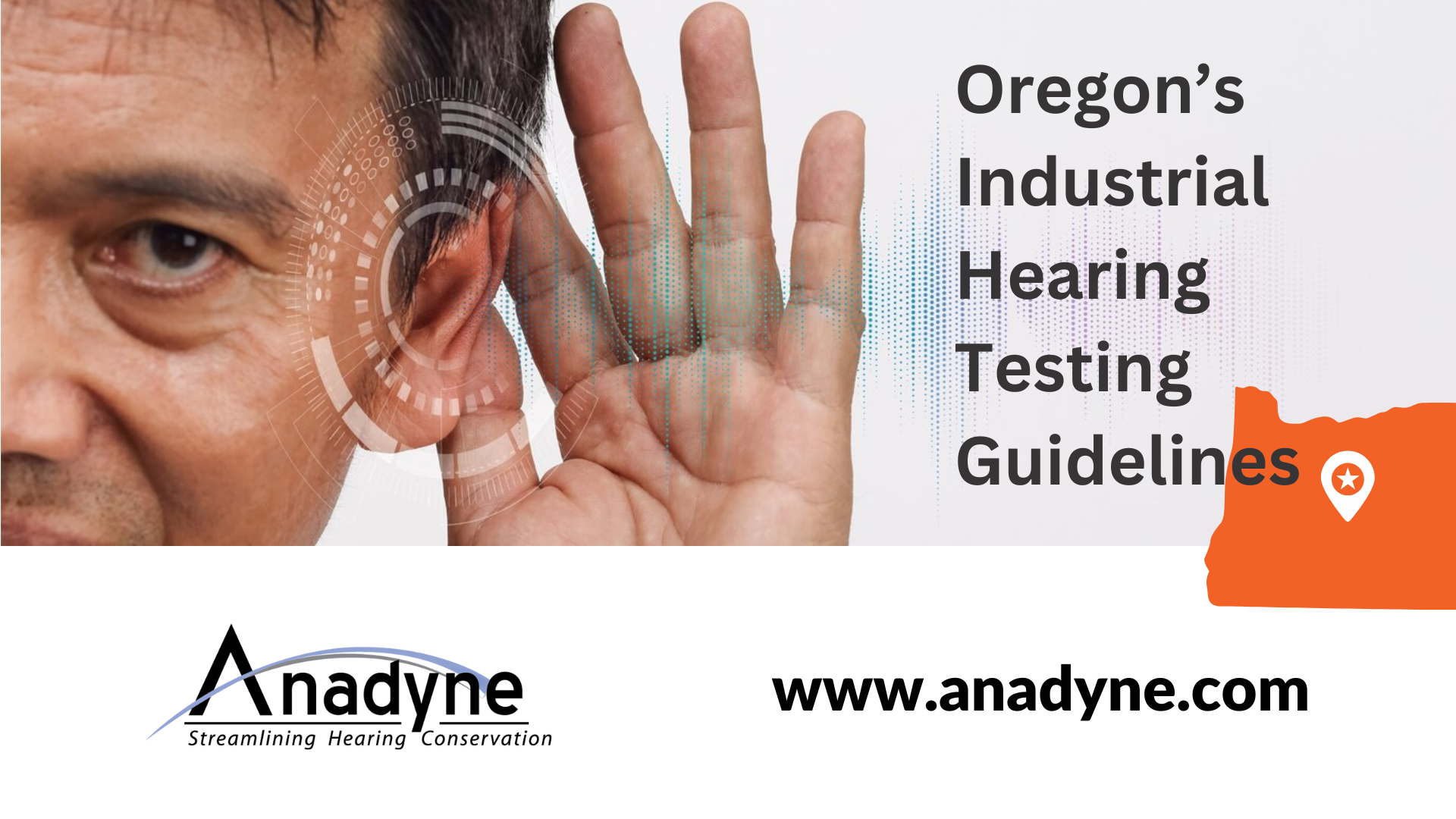When to Take a Hearing Test
Noise-induced hearing loss (NIHL) is the second biggest cause of hearing loss (after the ageing process), and the most common way for people to acquire it is through their job. Every year, 22 million employees are subjected to potentially dangerous sounds, according to the latest estimates from the Centers for Disease Control and Prevention ( CDC).
How loud can workplace noise be before it is too loud?
Workers on the production line or construction site are not always clear about how loud is too loud. With noise-induced hearing loss (NIHL), the duration and frequency of exposure play an essential role, and all sounds over 85 decibels (dB) are detrimental to everyone’s hearing. To put that into perspective, regular household items such as blenders and lawnmowers can be louder than 80 dB.
The Occupational Safety and Health Administration (OSHA) in the United States sets the allowable exposure limit for construction noise over an eight-hour duration at 90 dBA. However, NIHL typically results from prolonged exposure at sound levels of 85 dBA or higher, so it’s best to err on the side of caution.
Sources of occupational noise
- Manufacturing
The CDC estimates that “82% of cases involving occupational hearing loss were reported among workers in the manufacturing sector in 2007.” According to the Bureau of Labor Statistics, hearing loss is currently the most common type of work-related injury reported in the manufacturing industry. - Construction
Noise-induced hearing loss (NIHL) may not be the first construction site hazard that comes to mind, but it is remarkably insidious – workers may not know something is wrong until it’s too late. No matter what steps are taken, a construction site is a noisy place to work. Your hearing can be affected by daily 8-hour exposure to 85 dBA. The higher the noise level, the quicker the loss of hearing. As NIHL is permanent, surgery or hearing aids may not be used to remedy it.
For construction workers, the bad news is that most of the equipment they routinely use is above the exposure limit of 85 dBA. - Entertainment
Due to excessive noise from amplification systems, professional musicians, sound engineers, disc jockeys, and even servers and bartenders at nightclubs are at risk of hearing damage. The average noise level at a club is above 100 decibels. This may not cause the occasional concertgoer permanent harm, but it is an issue for workers who work night after night in that setting.
With hearing loss, everyone loses.
Hearing loss makes it hard to hear warning signs and decrease work efficiency and lead to workplace injuries. It also restricts your ability to respond to high frequencies, understand speech, and reduce your ability to connect with friends, family members, and the wider community, resulting in social isolation. Hearing loss can affect your quality of life by interfering with your ability to socialize with friends, play with your children, or engage in other activities.
But the toll of hearing loss at work isn’t just felt by the person experiencing it – it’s a financial burden on the employer as well. Hearing loss is a legal form of employee compensation. If a person may show that they have occupational-related hearing loss from long-term workplace noise exposure, the company will have to pay a costly payout. An estimated $242 million is spent annually on employee hearing loss disability benefits in the United States.
What can be done about it?
- Hearing protection: A significant difference can be made by supplying staff with the right hearing protection devices (HPDs) and related training. A broad range of HPDs are available, so before committing to one, it is worth researching all the available choices. For instance, we provide custom-made earplugs for all kinds of occupations. Staff should be taught how to look after their HPD and how to use it effectively.
- Get tested for your hearing: We urge employees and workers to have regular hearing tests to monitor any possible noise damage. Hearing loss is invisible and often tricky to catch. Routine hearing tests will pick up the first signs of a change in your hearing.
Noise-induced hearing loss is a severe condition, and it is not as easy to avoid it in the workplace as having earmuffs and giving them out to the worker. Addressing aural hazards includes a wide range of measures, as they all play a role in protecting the current and future hearing of employees.
The post When to Take a Hearing Test appeared first on Anadyne.

